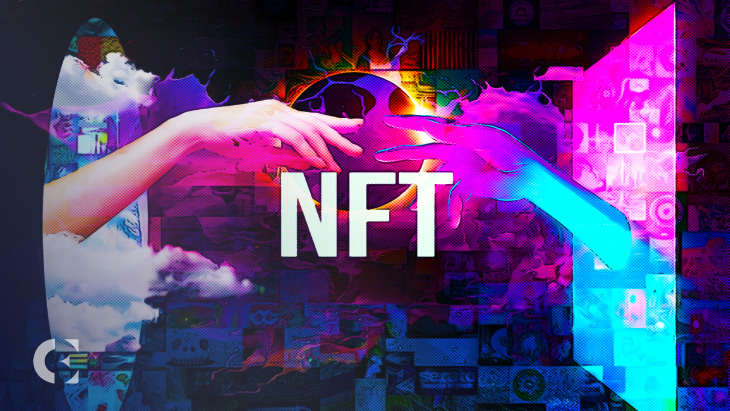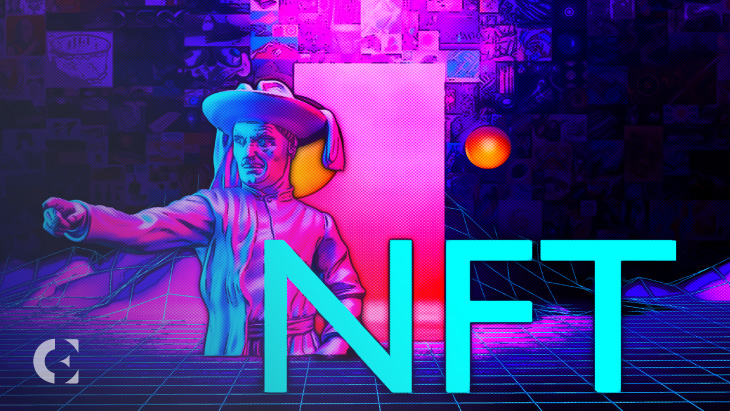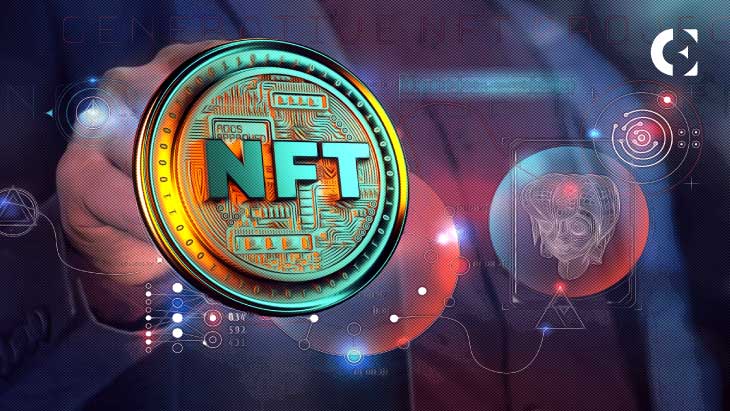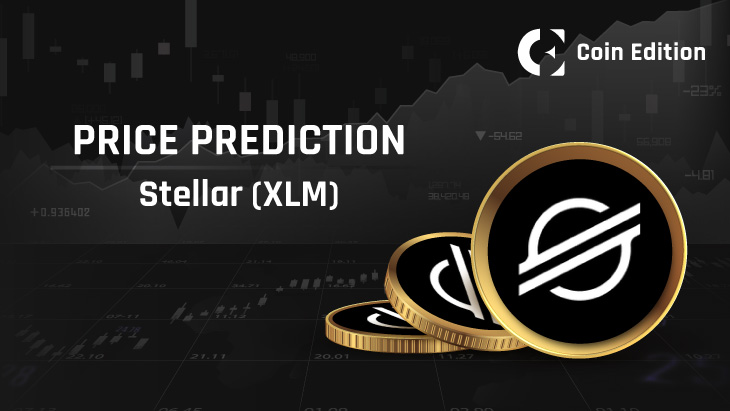Crypto and Blockchain have taken the world by storm, all thanks to the innovations and revolutions they have brought about. As people from across the globe are getting used to Blockchain Technology, NFTs and their features might as well be confusing. If you are looking to acquire some knowledge about NFTs, you’ve come to the right place. Let’s dive deep into the world of NFTs.
What is a Non Fungible Token (NFT)?

NFTs or Non Fungible Tokens are a type of cryptographic asset that is created similarly to cryptocurrency. However, unlike other crypto assets, NFTs, are non-fungible, meaning they are one of a kind and cannot be replaced with something else. For example, it is possible to replace or trade a cryptocurrency like Bitcoin, but this is not the case with NFTs due to their unique characteristics.
NFTs have now turned into the digital path for collecting, owning, and showcasing collectibles, like art and music. One key factor that has led to the rise of NFT’s popularity is that these tokens, once purchased, stay in their possession and give the buyer the authority to claim the artwork as ultimately theirs. This unique aspect of NFTs has given digital artists an entirely new light to their careers.
As these are built based on blockchains, NFTs erase the need for any intermediaries and allow the artists to connect with audiences directly. By removing intermediaries, they effortlessly simplify transactions, creating new markets.
Similar to cryptos like Bitcoin and Ethereum, NFTs allow easy identification and transfer of ownership by holding the ownership details. NFTs allow owners to prove their ownership in an immutable way by adding attributes such as metadata or digital signatures.
The unique properties of NFTs are:
- NFTs cannot be replaced or interchanged with other cryptographic assets.
- NFTs stay as digital assets, in the form of art, music, games, or videos with an authentic certificate provided by Blockchain technology.
- NFTs cannot be modified, forged, or manipulated, giving the buyer a one hundred percent security guarantee.
- NFTs can be exchanged for crypto on certain sites, providing the owner with a chance to earn profits.
Popular NFT Projects over the years
- 2014: Artist Kevin McCoy and techpreneur Anil Dash registered the first art in NFT via “Monetized Graphics”.
- 2015: “Etheria”, the first pixel-on-chain NFT was created. ERC-20 as well came into existence in 2015.
- 2016: First NFT audio was shared by DJ Pepe
- 2017: Matt Hall and John Watkinson together created CryptoPunks in the Ethereum blockchain.
- 2018: John Crain invented SuperRare and introduced royalty sales amongst artists.
- 2019: Coldie, a SuperRare artist sold an art NFT for USD 1,000.
- 2020: Robness and Max Osiris did the first NFT collaboration.
- 2021: Bored Ape Yacht Club (BAYC) started the Avatar craze among NFTs.
How do Non Fungible Tokens (NFTs) Work?

The majority of NFTs are stored on Ethereum’s blockchain, which is a public ledger that records transactions. Like other physical forms of art, NFTs hold valuable information in them and can therefore be purchased and sold just as they are valued by the market. NFTs’ unique data make verifying ownership and transferring tokens between owners simple.
As a result of its unique construction, each NFT can be applied to a variety of different applications. NFTs and their distinctive construction make them ideal for creating several applications. Due to their blockchain-based nature, NFTs can also function as identity management platforms in addition to removing intermediaries.
Possibilities of Non Fungible Tokens (NFTs) in Metaverse

NFTs and its potential have led to the creation of new markets and investment forms. Imagine a piece of real estate divided into different divisions, each with its own characteristics and properties. Imagine there are entertainment complexes, beaches, residential districts, and so on, and each division with its own unique set of characteristics, priced depending on these characteristics. Real estate trading, one of the most complex bureaucratic affairs, can be simplified and uncomplicated by incorporating metadata into each unique NFT that represents each piece of property.
For instance, there are many real estates in the virtual world that showcase a variety of plots and allow people to buy land in the metaverse. The metaverse is a virtual platform that allows users to connect, interact and engage with each other, in 3D. The concept of metaverse allows the users to build a virtual world, which can be experienced through virtual and augmented reality.
Non Fungible Tokens (NFTs) As an Evolution of Art

NFT art is taking over the world, and artists will have more power in the future. Taking ownership of art, creating new projects, and working with NFT artists have revolutionized how they are paid and how they are able to do their work.
Digital artworks by some artists have earned millions of dollars. Blockchain technology enables the declaration of uniqueness – and, therefore, the trading of digital assets. For collectors who have a lot of cryptos – often young and anonymous – NFTs are a shiny new toy.
It has taken until NFTs to enable digital art to be collected similarly to traditional art, despite being an art form for decades. This is largely due to the fact that it was impossible to distinguish an original digital art piece from a copy.
Historically, digital art has been undervalued by the fine art industry, but NFTs are changing that.
Which are the Most Popular NFTs of 2022?

With NFTs getting more popular with each passing day and more applications coming in, it can get extremely confusing to choose one among them to invest in. Here are the three best NFTs of this year that you can consider investing in.
1. CryptoPunks
CryptoPunks is one of its first NFTs, which are built on the blocks of Ethereum. The Punks were crafted based on special algorithms and each of its collectibles was limited to 10,000 Punks.
2. Bored Ape Yacht Club (BAYC)
A group of 10,000 cartoon ape NFTs known as the Bored Ape Yacht Club (BAYC) has come to represent the entire sector of NFTs. During the past year, BAYC has established itself as a leading indicator for NFTs, just like Bitcoin is for the whole crypto market.
3. Tamadoge
Most of the recent NFT projects are said to be lacking in efficiency. However, Tamadoge (TAMA) is an exception. This meme coin and NFT-based P2E game is power-packed with the best utility as well as scope. It provides real-world utility as well as immersive gaming experiences. With Tamadoge, users can breed and sell puppies in the virtual world.
What do NFTs have in store for the future?

The metaverse is one of the most rapidly growing industries of the century. The metaverse has unlocked a lot of possibilities, especially in the employment landscape. This shift is mainly due to various industry experts adapting digital transformation and blockchain technology. Over 1 billion NFTs already exist and over 8 million new NFTs are being added monthly, which clearly states their popularity. At this rate, they will become even more common soon.
We can expect more variants from the metaverse and its content and interoperability will expand the possible horizons for utility, thereby creating a seamless experience and greater value for its users. Due to their ability to prove digital ownership, blockchains and NFTs will enhance transparency in the digital sphere.
Ultimately, we are seeing the progressions of the NFT journey, and the market is continuously evolving. We can be sure about one thing, NFT is the future and it has more mysteries to unveil!
Sources:
- https://opensea.io/
- https://www.brinknews.com/
- https://coinedition.com/tag/metaverse-101/
- https://theconversation.com/nfts-one-year-after-beeple-sale-non-fungible-tokens-have-become-mainstream-175263
Disclaimer: The information presented in this article is for informational and educational purposes only. The article does not constitute financial advice or advice of any kind. Coin Edition is not responsible for any losses incurred as a result of the utilization of content, products, or services mentioned. Readers are advised to exercise caution before taking any action related to the company.










